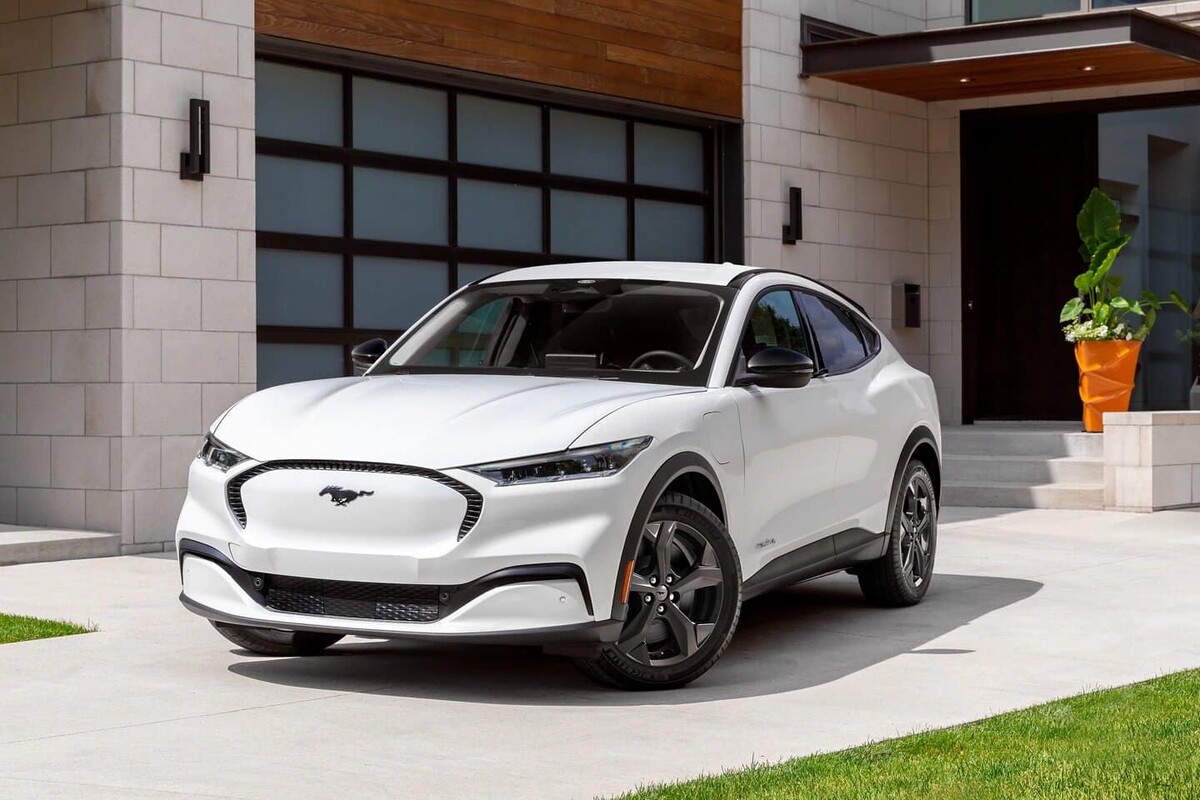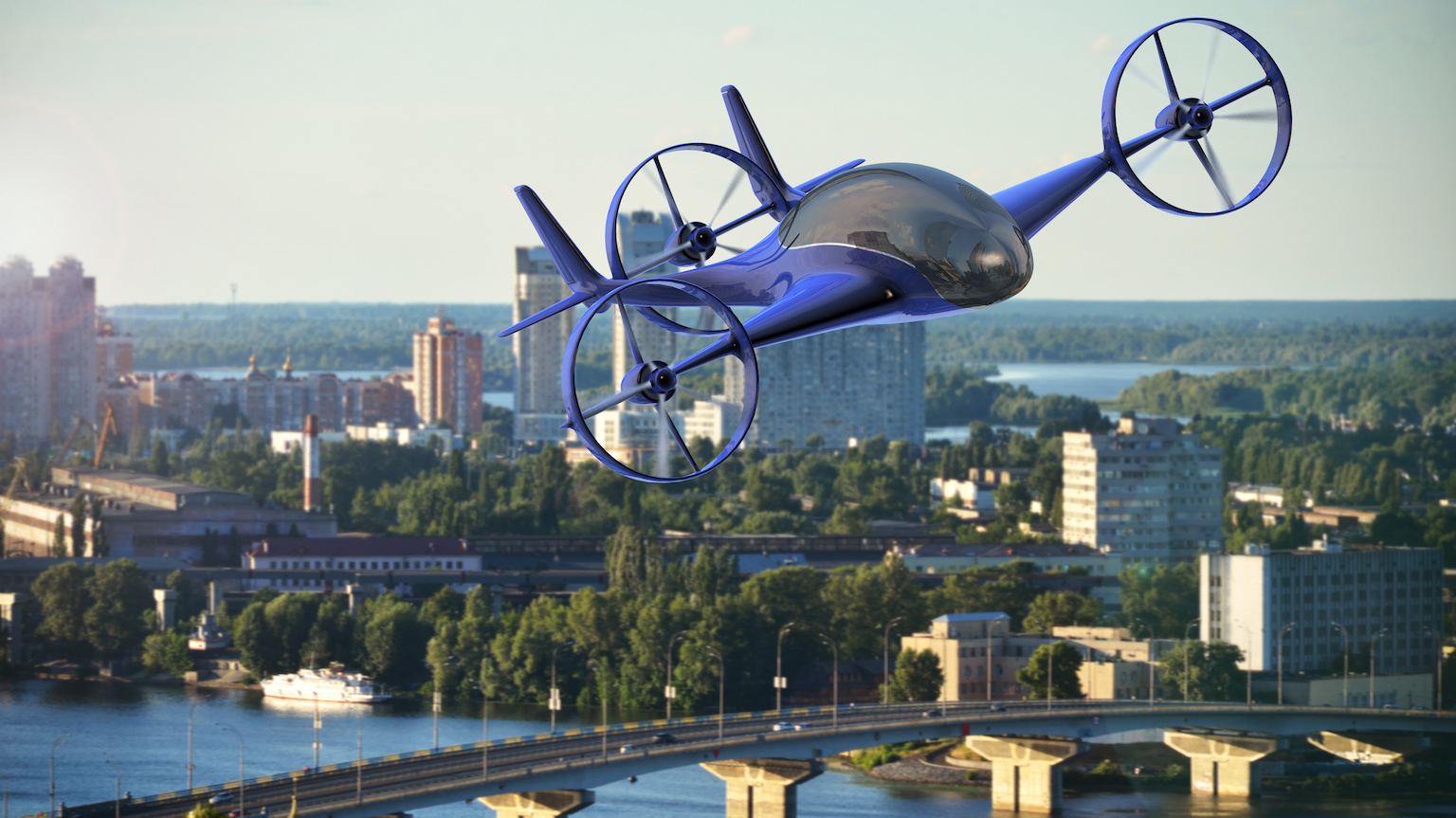In today’s dynamic automotive market, savvy car shoppers know that a used vehicle can...
Brands
The dream of summoning a car that drives itself is rapidly hurtling towards reality,...
Jaguar enthusiasts, brace yourselves! The iconic British automotive brand is making headlines with...
Waymo, a leader in the autonomous driving industry, has once again demonstrated its commitment...
Are you in the market for a stylish and powerful electric vehicle? Then look...
The Cadillac Lyriq was one of General Motors’ first Ultium-powered electric vehicles (EVs). Building...
When FCA and PSA merged a few years ago to form Stellantis, they promised...
Chevrolet’s Corvette Z06 is an epitome of American engineering, blending high performance with striking...
Alfa Romeo, the iconic Italian automaker, has faced its fair share of challenges in...
The Aston Martin Valour made a stunning debut as a retro-inspired supercar at...










